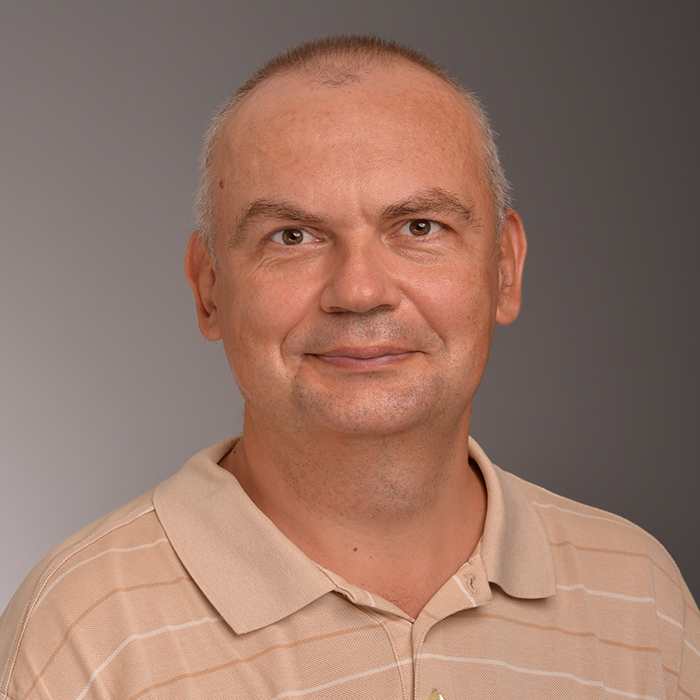Education
Ph.D., Mathematics
Vanderbilt University
M.S., Pure Mathematics
Dnepropetrovsk National University
Professor

Ph.D., Mathematics
Vanderbilt University
M.S., Pure Mathematics
Dnepropetrovsk National University
Approximation Theory
Discrete Geometry
Dr. Sergiy Borodachov received his Ph.D. degree in Mathematics from Vanderbilt University in 2006 and his Master’s degree in Pure Mathematics from Dnepropetrovsk National University (Ukraine) in 1997. He joined Towson University in the Fall of 2008 after holding a post-doctoral position at the Georgia Institute of Technology.
He conducts his research in discrete minimum energy and polarization problems, optimal algorithms of recovery of functions and approximate integration, and fractal analysis. He is the author or a co-author of 38 research publications and close to 110 presentations at research conferences, seminars, and colloquia. Dr. Borodachov is a co-author of the book “Discrete Energy on Rectifiable Sets” which was published by Springer© in 2019.